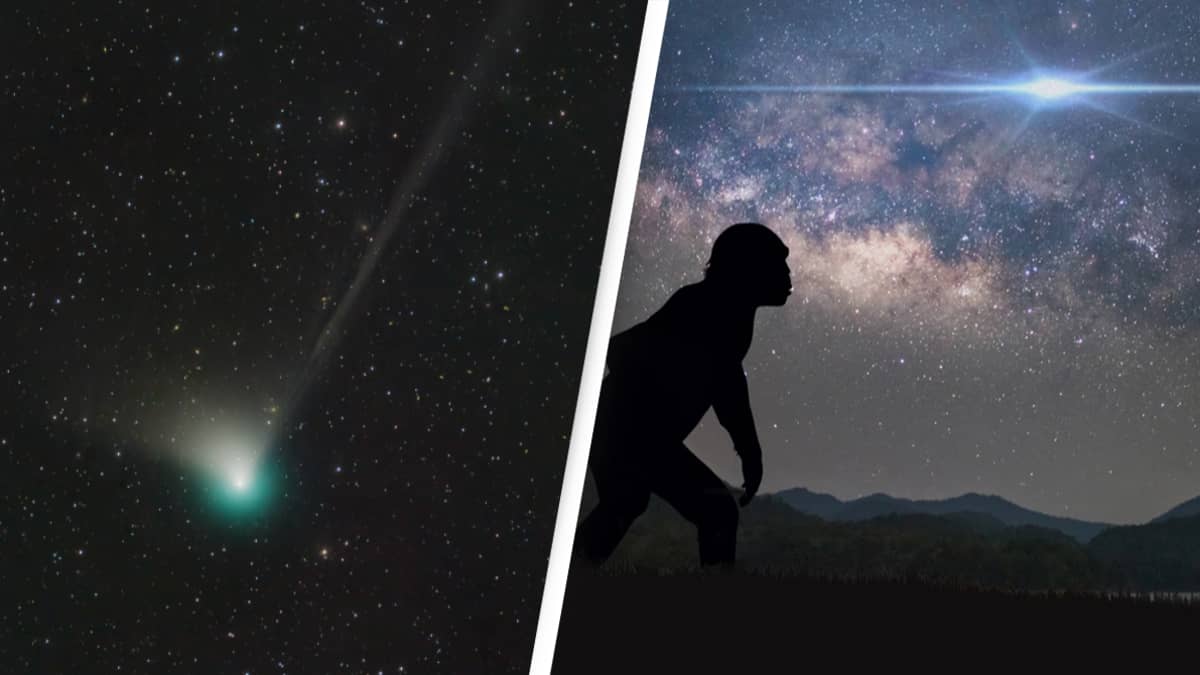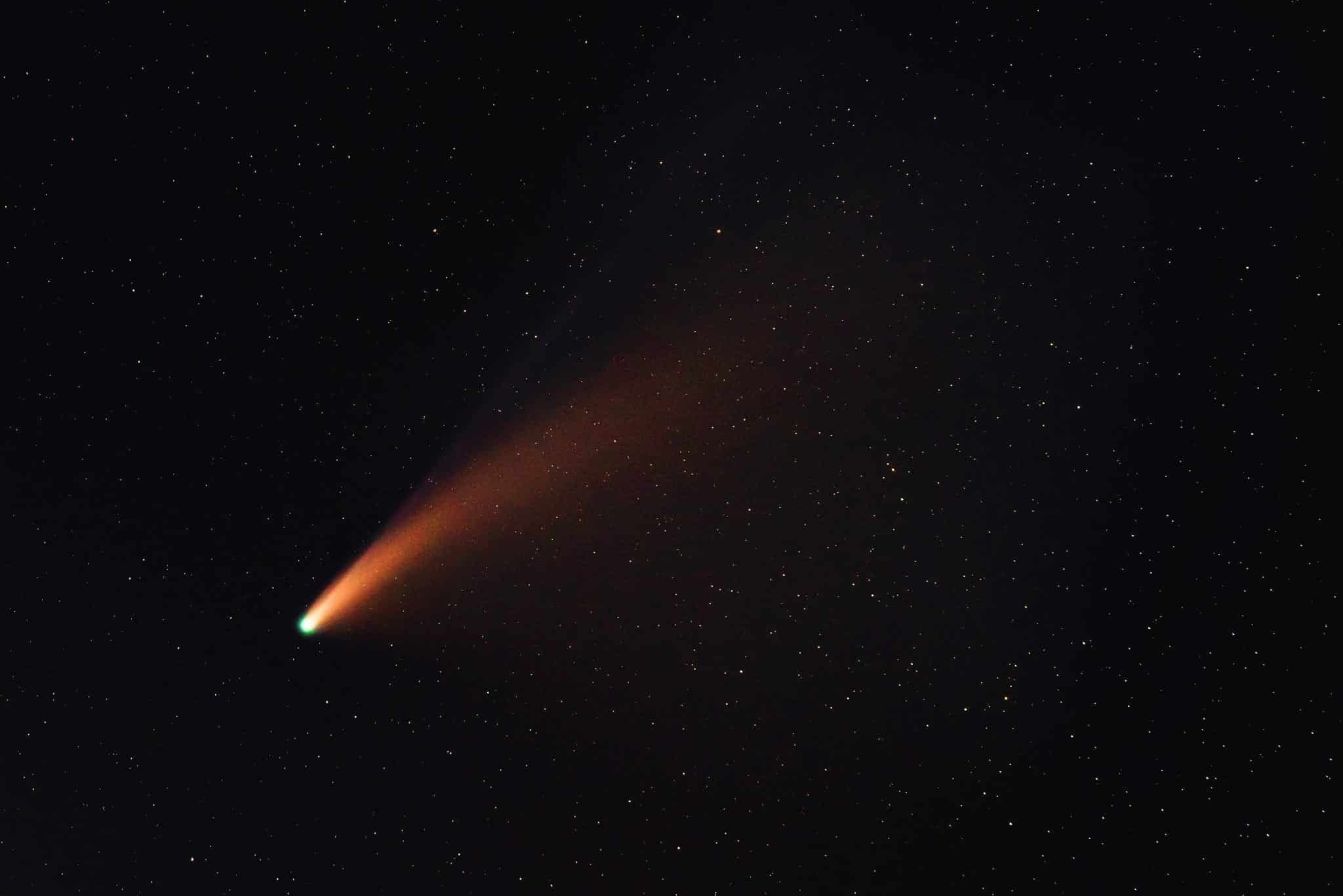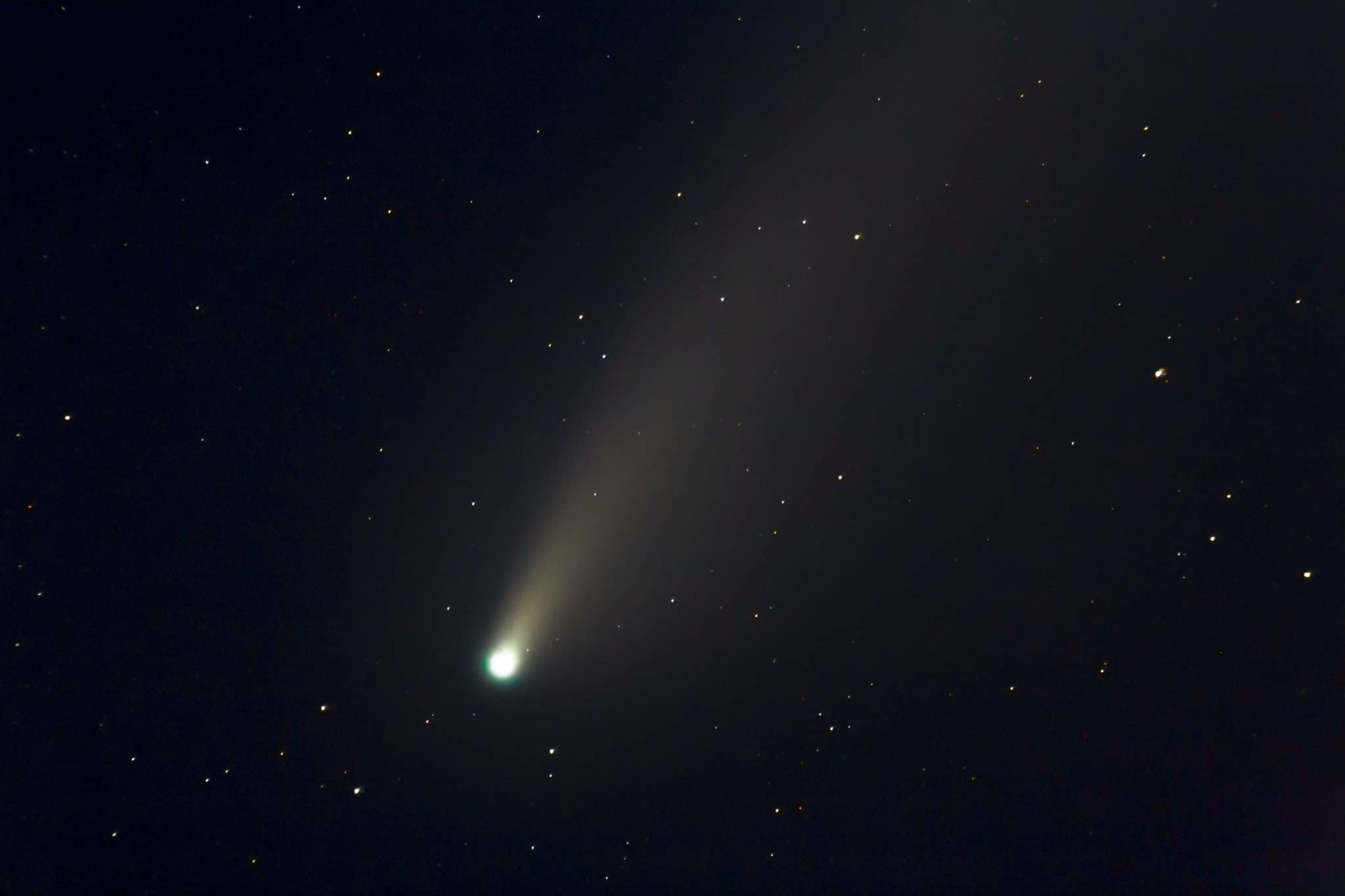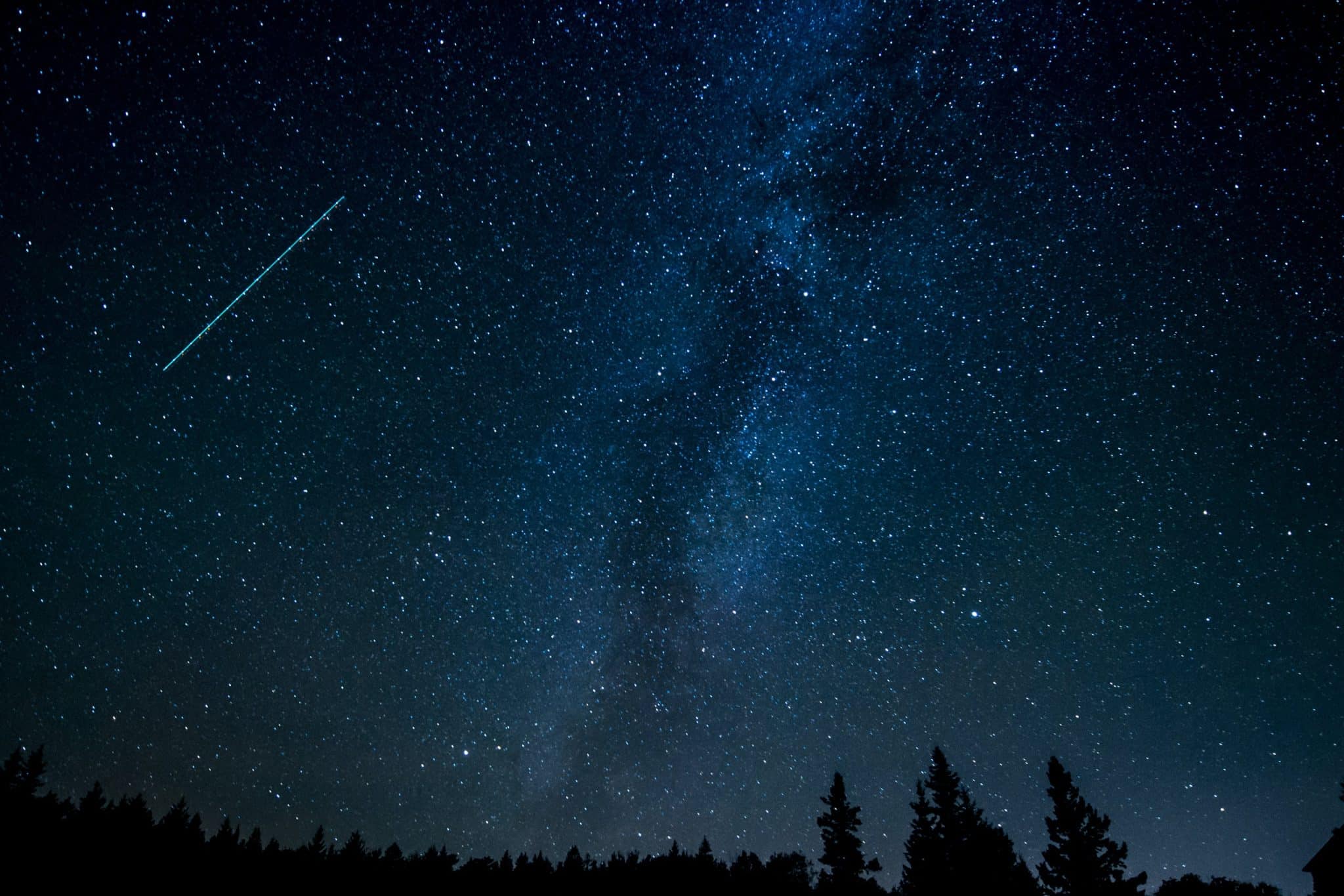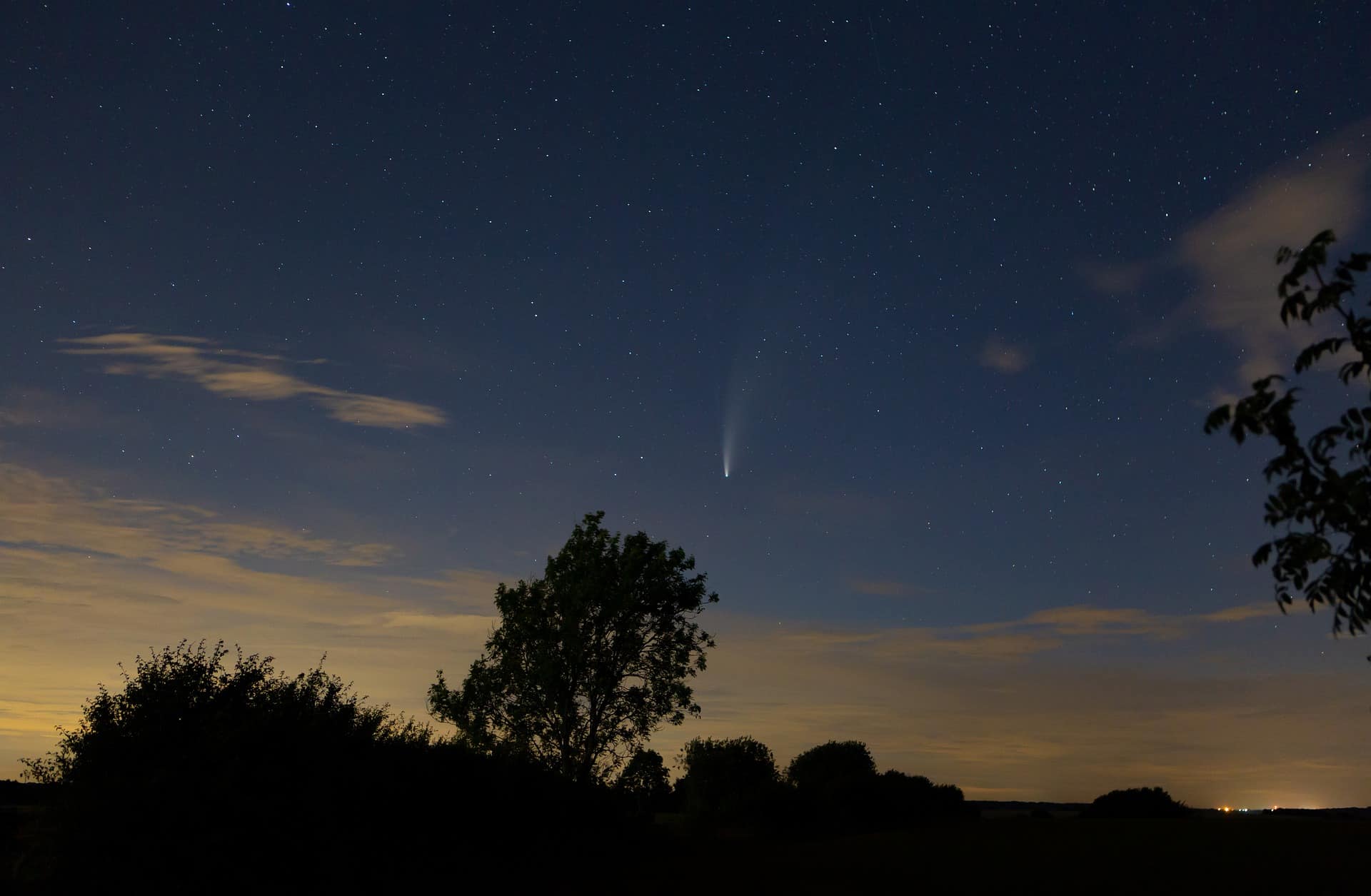For the first time in 50,000 years, a comet called a “cosmic snowball” will pass by Earth this year.
The amazing sight hasn’t been seen since the time of the Neanderthals, so astronomers are very excited to see the one-of-a-kind comet again.
The comet called C/2022 E3 (ZTF) will be closest to Earth on February 1, 2023. This is almost a year after scientists first found out about it.
Astronomers used a wide-field survey camera at the Zwicky Transient Facility in March 2022 to see the comet’s brighter greenish coma and yellowish dust tail for the first time.
The comet is 117 million miles from Earth right now, and it still has a long way to go before it gets to its brightest on February 1.
The comet needs to get to the Sun, turn around, and then pass by our planet again.
And if you want to try to see it in the sky, it might be able to be seen when it’s about 26 million miles away and has a magnitude of +6.
Astronomers think that this comet could be the first one that can be seen with the naked eye since the NEOWISE comet in July 2020, which was two years ago.
But while the NEOWISE left a long, cloudy tail in the sky, this comet is most likely to look like a grey streak moving across the night sky.
It might even be possible to see it on January 26, but by February 1, it will be brighter and easier to see.
The comet may also be visible until the second week of February, but astronomers say that by April, it will be close to the Sun in the sky and much fainter, making it hard to find even with a telescope.
An astronomer at the Royal Observatory Greenwich in the UK, Tania de Sales Marques, said:
It’s notoriously hard to predict the brightness of comets, however, sky watchers everywhere have been keeping track of Comet C/2022 E3 (ZTF) since it was discovered in March 2022, and the current prediction is that it might reach magnitude +6—the limit of what the naked eye can see—or even slightly brighter when it’s at its closest approach to the Earth on the 1st of February.
She added:
It’s traveling in the general direction of Polaris, the North Star, where we’ll be able to find it in early February. By then, it should be visible throughout the night.
Robert Massey, the U.K. Royal Astronomical Society’s deputy executive director, told people who wanted to see comet E3 how to do it best. He said to look for the comet on a clear night from a dark place since it won’t be easy to find.
In an interview, he also said:
Binoculars are ideal for beginners trying to find a comet as they’re easy to use, whereas a telescope has a much smaller field of view. If you can see it with binoculars then try with your naked eye.
Since the comet won’t be back for another 50,000 years, this may be your only chance to see it in your lifetime, so get your binoculars ready!


